-
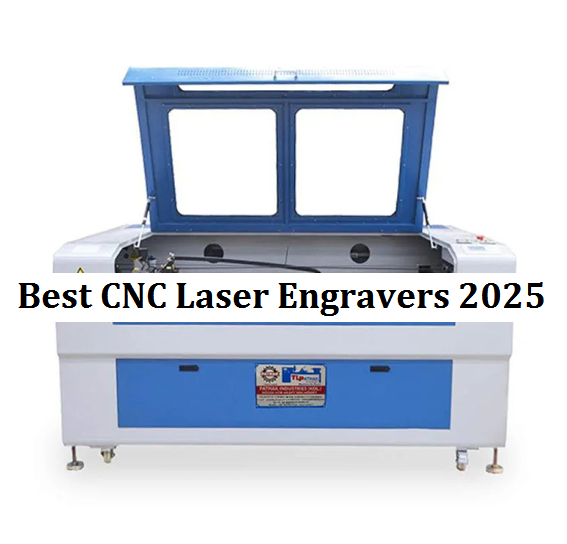 2025.2.19
2025.2.19Laser cutting and engraving machines have become indispensable tools for hobbyists, small business owners, and industrial manufacturers. With the rapid advancements in technology, 2025 offers some of the most powerful, efficient, and versatile CNC engravers on the market. In this article, we’ll show the top 8 laser cutters of 2025 from budget choices to industrial-grade products, and also provide advice on how to choose the best laser engraver for your specific needs. Updated (March 2025): Top 8 Budget and Industrial Grade Best CNC Laser Engravers (Cutters) in 2025 A laser engraver or c......
-
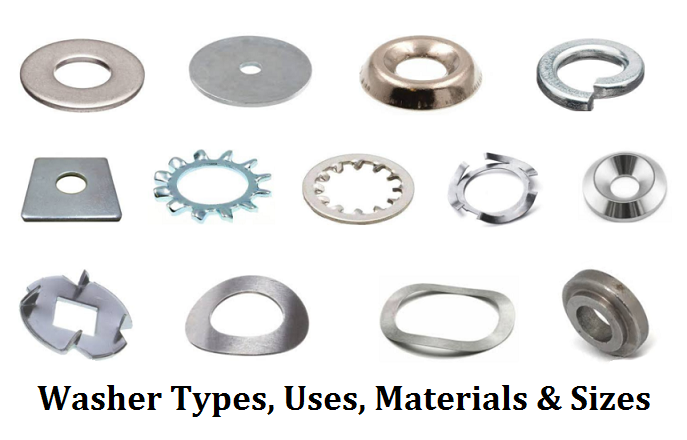 2025.2.17
2025.2.17Washers are small yet crucial components in mechanical assemblies, serving various purposes such as distributing loads, preventing damage, and ensuring secure fastening. Understanding their types, materials, and applications is essential for selecting the right washer for your project. This guide explores everything you need to know about washers, including the differences between USS and SAE washers, washer materials, size chart, various types, and their specific functions. What Are Washers? Washers are a type of fastener, typically thin plates with a hole in the center, commonly in ro......
-
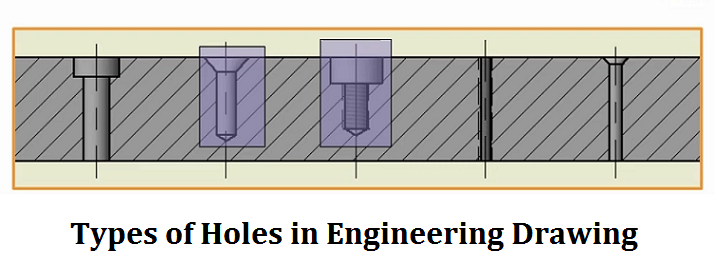 2025.2.13
2025.2.13Holes are commonly found in various fasteners to create openings and allow different parts to be securely joined together. What are the types of holes on the drawing and how do they work in the design? Let’s get into a variety of holes (depth, callout symbol, use, reading, and more) and hole-making processes. Types of Holes in Engineering Drawing In engineering, hoes are circular features that have been cut into a material and are designed for various functions in mechanical design and manufacturing. 1. Blind Hole A blind hole is a machined feature that penetrates partially into a workp......
-
 2025.2.10
2025.2.10Peck Drilling is an effective method for improving chip removal, cooling, and hole accuracy in metal processing. It is widely used in CNC machining, particularly for deep holes and hard materials. By selecting the appropriate drill cycle (G81, G73, or G83) and adjusting parameters like peck depth and feed rate, machinists can optimize performance while extending tool life. For those in the metalworking industry, incorporating Peck Drilling into machining strategies can lead to cleaner, more precise holes and better tool longevity. Today, we want to do a depth explanation for this CNC dr......
-
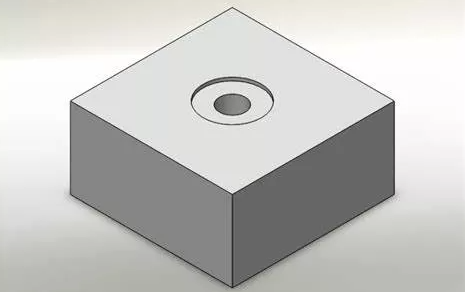 2025.1.25
2025.1.25In modern manufacturing and engineering, precision and functionality are paramount when it comes to creating secure mechanical connections. Two common machining features that play crucial roles in this domain are spotface and counterbore holes. Here let’s see how spotface hole is defined and characterized, understand it through its dimensions and machining, and then get into the comparison between spotfaces and counterbores. What Is a Spotface Hole? A spotface hole is a shallow, flat-faced recess that is concentrically cut around a pilot hole, designed to create a smooth landing s......
-
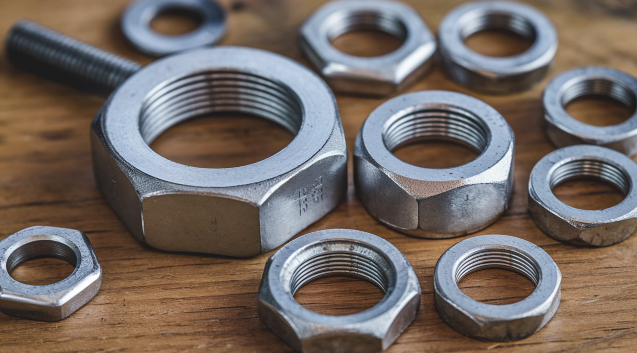 2025.1.23
2025.1.23Hex nuts are integral components in a variety of applications, providing essential fastening capabilities that ensure the stability and security of assembled parts. By understanding the different types and dimensions of hex nuts with size charts in different units (mm & inches), users can ensure the performance of hex nuts for daily life and complex machinery. What Is a Hex Nut? A hex nut is a type of fastener characterized by its hexagonal shape, which features six sides, it is easy to grip and turn with standard tools like wrenches and sockets. Hex nuts have internal threading tha......
-
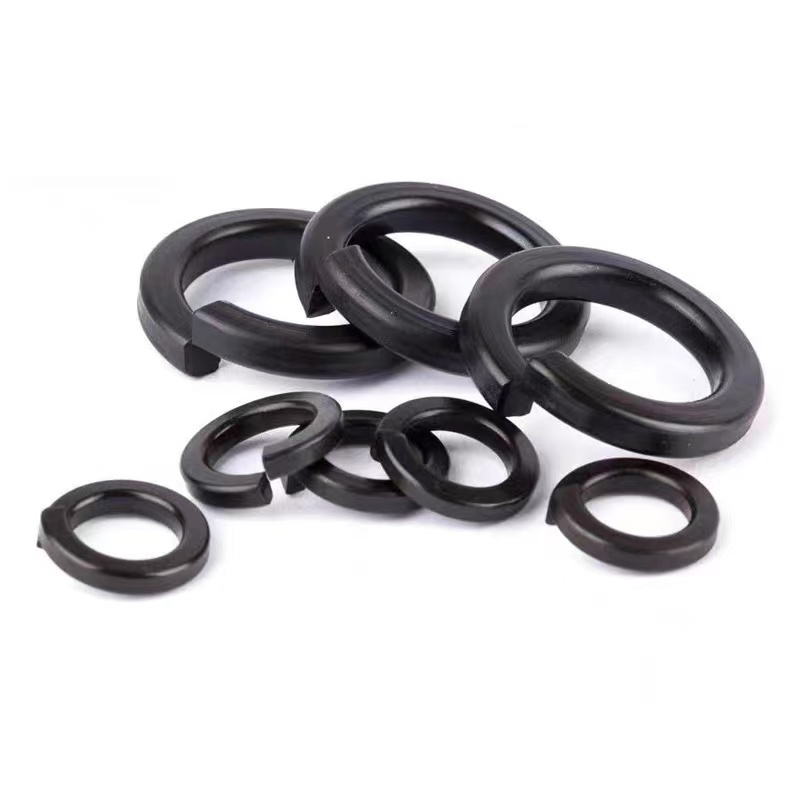 2025.1.18
2025.1.18Choosing the right fastener to secure bolts and prevent loosening caused by vibration or load is an important decision in many projects. Split lock washers and nylon lock nuts are widely used options, each with its own design, purpose, and advantages. Today, we compare these two fasteners, focusing on how they work, where or when they are used, and how to use them, so you can make an informed choice for your specific needs. 1. What Is a Split Lock Washer? A split lock washer is a type of washer designed with a cut across the ring and a twisted shape, resembling a spring. This ......
-
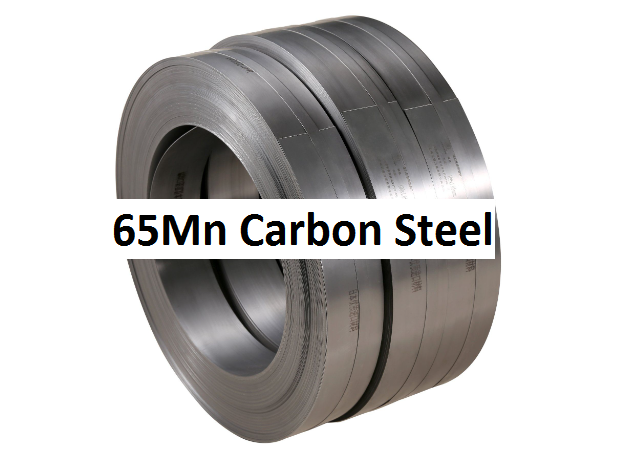 2025.1.18
2025.1.1865Mn is a type of steel material that excels in a lot of applications, understand the properties of 65Mn carbon steel and its differences when compared to other steels, such as 72A, 1095, and D2. What Is 65Mn Carbon (Spring) Steel? 65Mn steel is a high-carbon-manganese steel known for its impressive combination of hardness and toughness. Conforming to the GB/T 1222 standard, the 65Mn spring steel variant contains approximately 0.65% carbon and is widely recognized for its excellent wear resistance and good toughness, particularly after heat treatment. Commonly utilized in the ......
- Home
- Machining techniques
- CNC Machining Services
- Cooperative supply services
- Designs
- Materials
- Finishing Services
- Shop
- Products
- Guide
- About Us
- Contact Us

